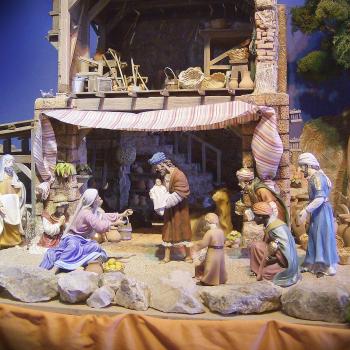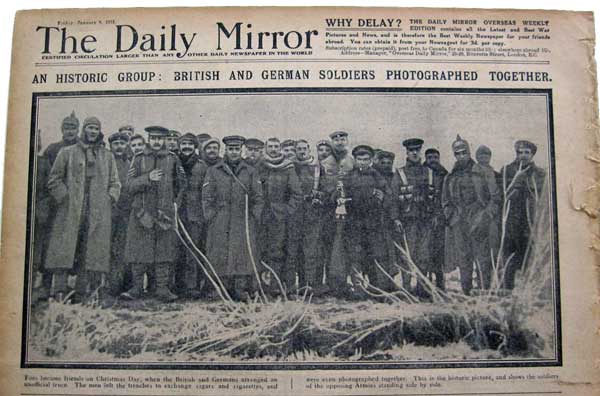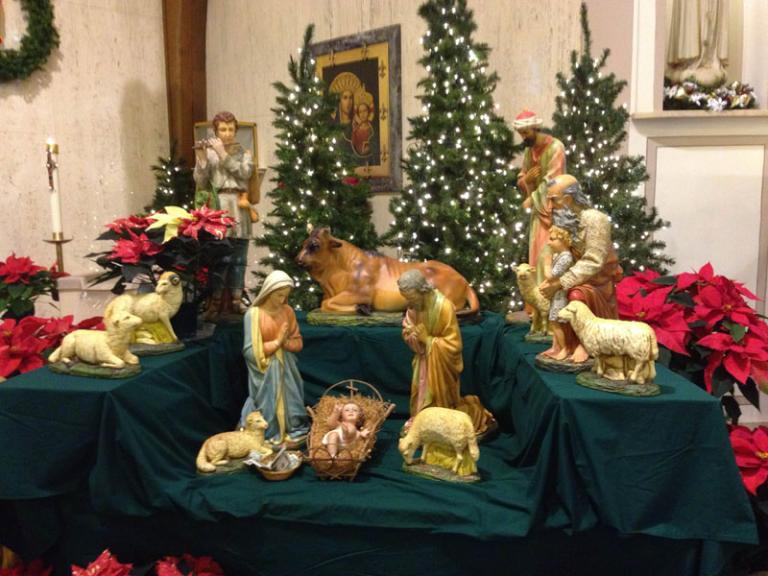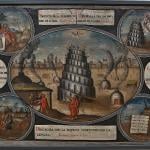Not the surveillance-state aspect that everyone’s talking about.
(You know, the fact that, according to the story, as told to us by the Official Elf on the Shelf book and elf doll, first published in 2005, he magically goes to Santa every night from Thanksgiving to Christmas to tell him if you’ve been good or bad.)
But (a) the fact that it is an “instant tradition” that we’re told we must observe because someone saw a marketing opportunity. And the book isn’t even very well written, either — I read it at the shelf at Target one year.
And (b) the fact that it discourages independent thinking. It’s a part of childhood that they discover that Santa doesn’t make sense and begin to put together the fact that mom and dad are playing Santa. They go from accepting any man in a Santa suit as the real thing, to the “Santa’s helper” concept, to a recognition that it is a fantasy world. (And sometimes, you have to help a kid along who’s too credulous.)
The Elf on the Shelf, in contrast, actively discourages this. One of the key concepts is this: “if you ever touch the elf (that is, to see if he’s alive, or magical, or just a doll), you will take awy his magic.” And this is wrong.
Heck, I’m the sort of mom that always avoided telling my kids about Santa (or the Christkind, in Germany) in the first place, but just let them learn about him from classmates, and would always turn their questions around to them: “what do you think?” Which worked pretty well for quite a while, except that my youngest stopped believing last year (1st grade) and was marginal the year before in part because the older kids just weren’t capable of playing along.
Which is why I liked the German Christkind a lot better. He/she (more of an angel-figure than the “Christ child” the name implies) brings the gifts while the child just “happens” to be out of the room on Christmas Eve, maybe sent up to their bedroom to fetch something, and there is very little mythology around it. Once the child is old enough to start asking questions, maybe age 6 or so, the belief fades, without adults trying to preserve this artificially with a whole complex construction around it.
UPDATE:
The whole EOTS thing is even worse than I thought. Here’s a link to a Facebook page in which moms discuss what to do if their kid, heaven forbid, touches the Elf. It’s a strange combination of people who are searching for the right “solution” to the (IMAGINARY!!!) problem that the Elf has lost his magic, and moms who use this to “teach their kids a lesson.”
Here are some sample responses:
Our elf was touched by my sons best friend and the Elf immediately disappeared and was gone until the next morning. Our elf then wrote a note asking for the friend to not touch him again because he don’t like going to the doctor and getting shots (coming from the elf on the shelf DVD). My sons friend was a nonbeliever. This trick changed his mind immediately and he is now a believer with a new elf of his own!!!
My children touched her before we read the book and watched the movie we apologized to her so she would get her magic back…4 days later my Lil girl thought it would be OK to play with her and she could say she was sorry and I told her it doesn’t work that way and she kept saying doing it so when they woke up the next day “Candy” was gone! It took 3 days for them to beg Santa for her back!! LOL each at different times it was sweet so now they keep their distance!
My sons 2nd grade class has one in their room and a little girl touched him. The teacher made the whole class write santa a letter explaing what happened and how sorry they were and asking if could send some magic to bring him back to life. After they sent the letters the teacher waited for about a week and brought in some glitter sprinkled it on the elf and he was alive again. This was a great lesson about apology and writing.












